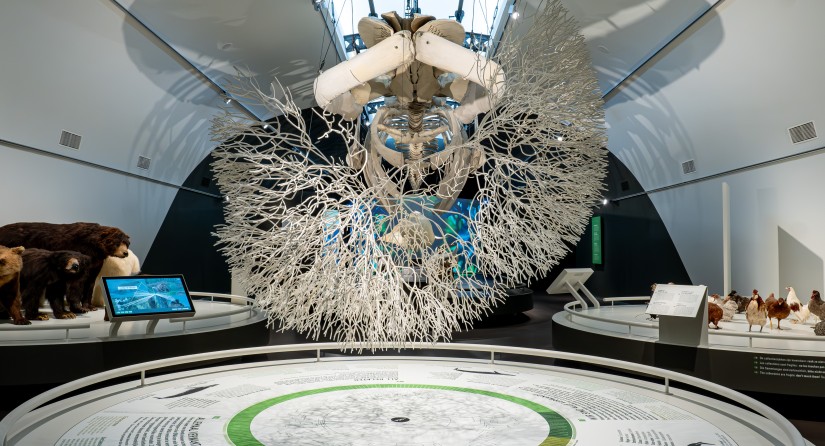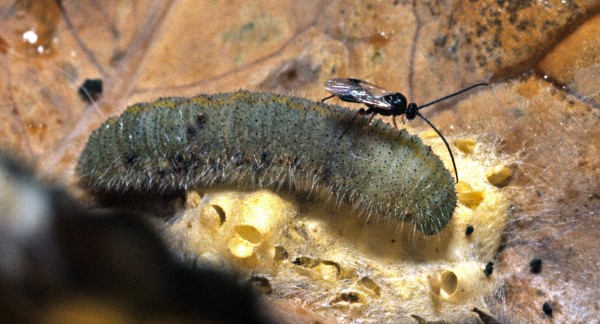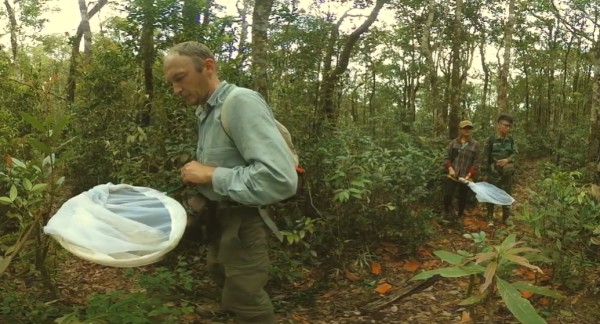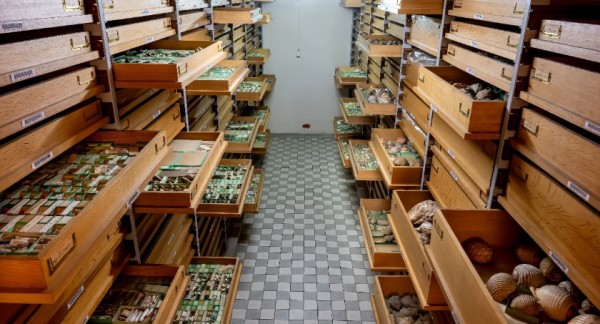Taxonomy: the science of classification

Taxonomy is the branch of science concerned with naming, describing, and classifying organisms. grouping species based on shared ancestry and evolutionary relationships. Unlike other classification systems that may rely on superficial similarities, taxonomy seeks to reflect the common descent of organisms — a principle rooted in evolutionary biology.
Through the lens of taxonomy, every organism reveals its place within the intricate tree of life. By tracing patterns of descent, it uncovers relationships shaped by millions of years of evolution, offering deep insights into how life has diversified and adapted over time. Taxonomy also provides researchers with a common language and framework, facilitating communication and collaboration across borders and disciplines. Without it, our understanding of biodiversity would be fragmented, limiting our ability to address urgent challenges like habitat loss, species conservation, and climate change.
Taxonomy is a worldwide collaboration between institutions and between scientists
– Jérôme Constant.

Fun Analogy: Imagine you have a giant box of LEGO pieces, and you need to sort them out. You might divide them based on colour, size, and shape. Taxonomy does something similar but with living organisms, grouping them into categories based on their evolutionary relationships , thanks to physical traits or genetic makeup. Think of it as a giant filing system for life on Earth.
But… what do you mean by taxonomy?
Taxonomy is the foundation of biological sciences. It involves identifying, naming, and categorizing, especially organisms that are living or that once lived, into a hierarchical system that reflects their evolutionary relationships. By grouping species based on shared traits, taxonomy allows scientists to study the diversity of life in an organized and meaningful way.
The term taxonomy originates from the Greek words taxis, meaning arrangement, and nomia, meaning method or distribution. In essence, taxonomy is the science of organizing and naming life, classifying organisms into hierarchical categories that reveal their evolutionary connections. This process applies to all living things—plants, animals, microorganisms, and even fossils or extinct species.
Taxonomy involves several key steps: describing organisms based on their characteristics, assigning scientific names through a standardized system (binomial nomenclature), comparing organisms to identify similarities and differences, and classifying them into groups known as taxa. These taxa are organized into a ranking system, with lower levels grouped in distinct higher levels, forming a taxonomic hierarchy that includes domain, kingdom, phylum, class, order, family, genus, and species.
Still unsure about what taxonomy is? Watch the institute's own taxonomists explain it in this fun, beginner-friendly video.
The Historical Evolution of Taxonomy
The desire to organize and understand the natural world has driven humans to classify living organisms for millennia. The earliest attempts to classify life date back to ancient civilizations with Aristotle (384–322 BCE).
Aristotle's system, while rudimentary, was a significant first attempt at organizing the natural world. He fundamentally divided living things into animals and plants. His classification of animals was based on observed characteristics and habitat. His most notable division was between "animals with blood" (Enaima, roughly vertebrates) and "animals without blood" (Anaima, invertebrates). Within these groups, he further categorized animals based on their habitats: land, water, or air.
Although groundbreaking, Aristotle's system was limited by its reliance on observable characteristics, which led to some problematic groupings, as it placed unrelated animals together simply because they shared a habitat. For example, Aristotle’s classification of “worms” included everything from snakes to earthworms, highlighting the limitations of early systems.
Linnaean Revolution
The modern system of taxonomy was developed by the Swedish botanist Carl Linnaeus (1707–1778). Before Linnaeus, species were often given long, descriptive names that varied from place to place and were based on appearance and cultural relevance. This led to confusion and misunderstandings among scientists.

Linnaeus revolutionized taxonomy by introducing binomial nomenclature, a two-part naming system where each species is given a unique name consisting of its genus and the specific epithet. For example, humans are classified as Homo sapiens. This system provided a universal language for scientists, making it easier to communicate about species and laying the foundation for modern taxonomy.
Example of Binomial Nomenclature: The genus Panthera includes several cat species. The tiger is classified as Panthera tigris, while the leopard is Panthera pardus. These two-part names clearly distinguish each species within the same closely related genus. It's important to remember that while Linnaeus established this system, the understanding of evolution came later and was not part of his original framework.
The Taxonomic Hierarchy
Linnaeus’ system laid the groundwork for the hierarchical classification used today, which organizes life into a series of nested categories, from broad to specific. Here’s how it generally works:
-
Domain: The highest level in the taxonomic hierarchy, which groups all life into three broad categories based on fundamental differences in cell structure and genetics:
- Bacteria – single-celled organisms without a nucleus, found almost everywhere, including soil, water, and even inside our bodies.
- Archaea – also single-celled and lacking a nucleus, but with unique features that allow many to live in extreme environments like hot springs or salt lakes.
- Eukarya – organisms whose cells contain a nucleus, including all plants, animals, fungi, and protists.
-
Kingdom: Large groups of related organisms, such as Animalia (animals), Plantae (plants), and Fungi (mushrooms, molds), but also many others.
-
Phylum: Organisms with similar basic body structures. For example, the phylum Chordata includes all animals that at some point in their development had a chorda, which in some species was replaced by a backbone.
-
Class: More specific subdivisions within a phylum. For example, the class Mammalia includes all mammals.
-
Order: Groups of families that share characteristics. For example, the order Primates includes humans, apes, and monkeys.
-
Family: Organisms with closer evolutionary relationships. For example, the family Hominidae includes great apes and humans.
-
Genus: A group of closely related species. For example, the genus Panthera includes lions, tigers, and leopards.
-
Species: The most specific classification, identifying individual organisms capable of interbreeding (when there is sexual reproduction). For example, Panthera leo is the scientific name for lions.
This hierarchical system allows scientists to categorize and study life in a logical and organized way, providing a framework for understanding the diversity and relationships of organisms.
Taxonomy in the Modern Era
With the rise of genetics and molecular biology, taxonomy has evolved beyond physical characteristics that are measurable with human eye or under the microscope. DNA sequencing now plays a crucial role in identifying species and understanding evolutionary relationships. Intrigued? This only scratches the surface! Learn much more about this and many more tools used in taxonomy here.
Who are the taxonomists?
While taxonomy may seem like a purely academic exercise, its importance extends far beyond naming and classifying species. It is the foundation of biodiversity conservation, medical discoveries, and even technological innovations. As we delve deeper into the world of taxonomy, we’ll explore how this science helps us protect endangered species, develop life-saving medicines, and inspire groundbreaking technologies.






